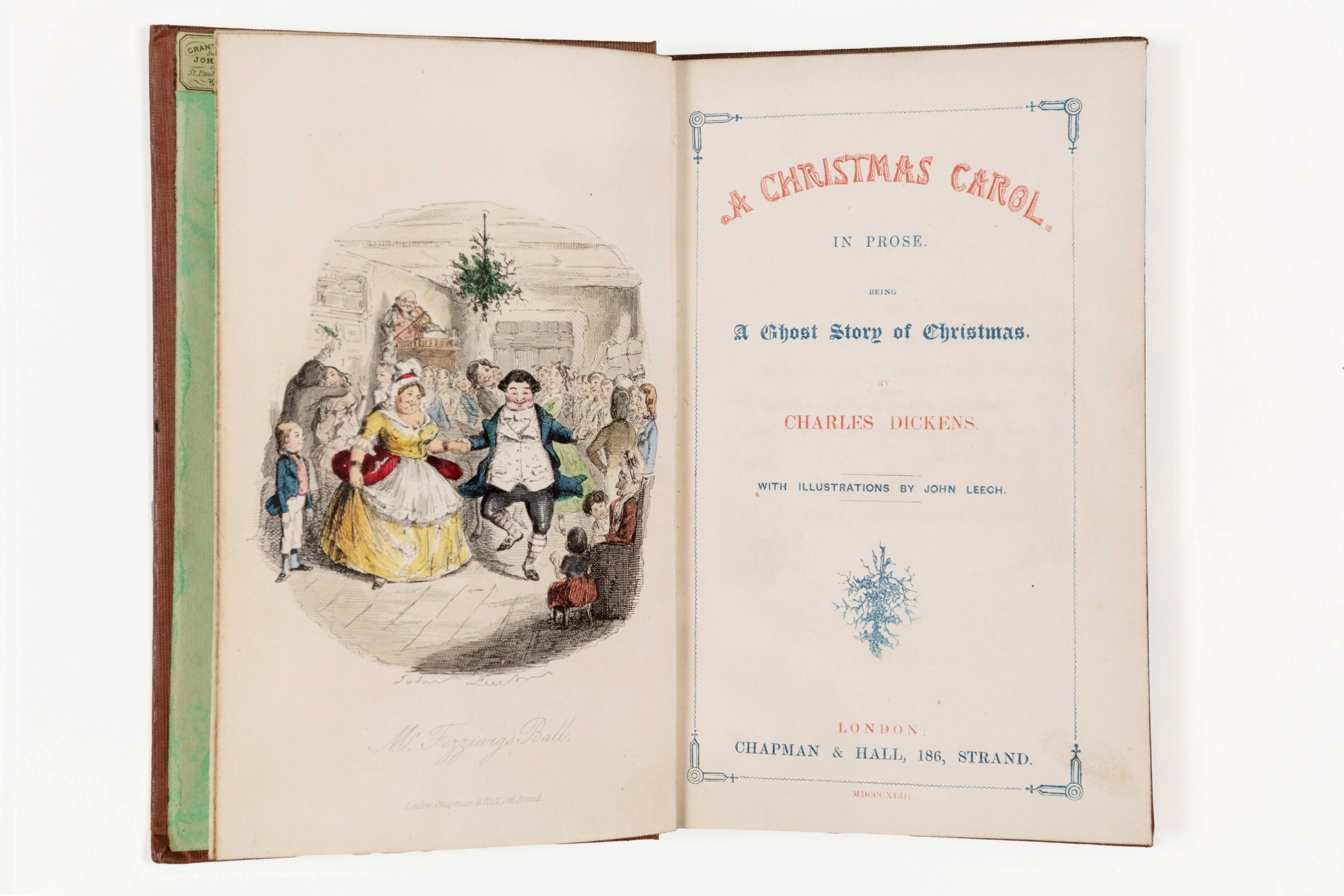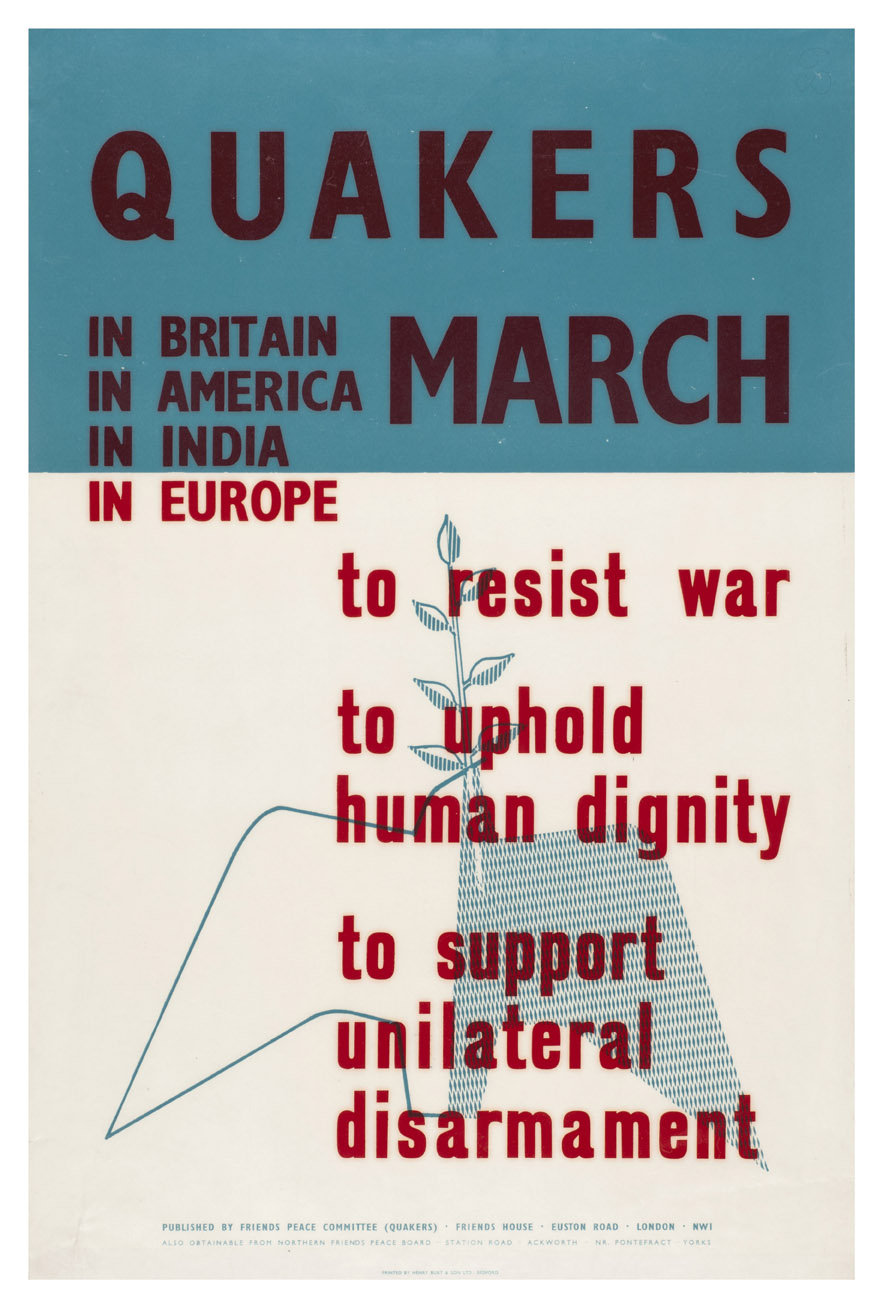September brings the back-to-school season, where new learning journeys begin and fresh opportunities unfold. This month, the Explore Your Archive campaign is celebrating #EYAEduction with a feature from the St Paul’s School Archives. An educational archive that spans over 500 years of history!
Introduction
St Paul’s School was founded in 1509 by John Colet (then dean of St Paul’s Cathedral) for the education of 153 boys. The school had three buildings on the cathedral site. The first was destroyed during the Great Fire of London in 1666. The second became too small and was replaced in 1824.
In 1884, the school moved to West Kensington and then to Barnes in 1968. The school archive, with documents mostly dating from the 19th century onwards, documents the school’s activities and contains a mix of material from admission registers, artwork, letters, photographs, student society records and more. Earlier material is held in the archives of the Mercer’s Company, who Colet entrusted management of the school to.
The early school, 16th-mid-19th centuries
The school’s first High Master (headmaster), William Lily, was chosen by the school’s founder. While we know the names of every High Master, we do not know the names of all the pupils who attended the school. The first surviving admission register is not until 1748.
However, we do know the names of some who went on to become famous for their work, such as John Milton, Samuel Pepys and Edmond Halley, who attended during the 17th century. Much of the material we have from these early years relates to pupils’ lives after St Paul’s rather than their school life.
These include a privy council order in 1548 with the signature of William Paget (another Old Pauline), a letter written by Sir Francis Vere (also an Old Pauline) in November 1597 and a letter from 1669 with Pepys’ signature. Pepys also donated books to the library after he left the school, which are now housed in our rare books room.

Much of their school work was focused on classical subjects such as Greek and Latin. This can be seen in the material that reflects school life. Items start to include a book of apposition addresses from 1697 to 1702, written in Greek and Latin; a student’s handwriting book from 1774, and nomination letters which were written for boys to attend the school. It is also known, like other schools at the time, that all the boys would have been taught in one big school room. This continued until about the 1850s.


© St Paul’s School Archives.
Mid-19th Century
From the mid-1800s, we can start to understand more of school life. This is where the majority of records in the archive begin to date from. While apposition has been a tradition at the school since its foundation, it is from 1838 that we have our first apposition programmes. We also have our first recorded student society in 1853, the Union Society.
This society debated topics of the time, from the US civil war to the suffrage movement, and has been of great interest to our present Archive Society. Other societies followed such as the philosophical society in 1880 and the rowing club in 1881. While an attempt was made in 1832 to establish a school magazine, it was the second attempt in 1882 that was successful. These magazines provide a key source for everyday school life and are available for anyone to view online.
At this time the school was starting to gain more recognition. In 1861, the school was one of the nine leading public schools in England investigated by the Clarendon Commission, cumulating in the Clarendon Report, 1864. The recommendations in the report led to the Public Schools Act of 1868.
The School’s move to West Kensington; 1884
At this point, the school still had a heavy emphasis on classical subjects and was constrained by its central site. High Master Frederick Walker was key to help modernise the school. While the school had wanted to move from the cathedral site for many years, it was not until 1884 that it did so. It moved to West Kensington in a building designed by Alfred Waterhouse.
The school was across the road from the junior school that had been established in 1881 (first named Colet House, then renamed Colet Court in 1892). After Walker left in 1905, his successor, Albert Hillard, continued to modernise the school. In 1909, new science buildings were opened and the larger site allowed playing fields for sports.
The World Wars
When the First World War hit, the school lost many of its former students during the conflict. These deaths were reported in the school magazine. By the end of the war, 511 Old Paulines had lost their lives. Some parents donated their son’s belongings to the school following their deaths. The majority of their son’s lives had been spent at school.
During the Second World War, the school was evacuated to Easthampstead Park. During this time, most staff and students lived in the village of Crowthorne. The nearby Wellington College allowed its facilities to be used by the school. The school buildings in West Kensington were used by the 21st Army Group, whose commander was former student Bernard Law Montgomery (OP 1902-06).
It was here that preparations for D-Day were made, and in our archive, we hold the map that was used during this planning. During this war, 259 Old Paulines lost their lives. Following the war, the school moved back to its site in West Kensington. It moved again in 1964 to its present site in Barnes, where the school has continued to grow.
Written by Katherine Gregory, Archivist (St Paul’s School)
Coordinated by Anya Hopkins, Blog Coordinator (Explore Your Archive)
Further Information
We have digital resources available to view online here: archives.stpaulsschool.org.uk/default.aspx
We have two online archive talks this autumn term. On the 6th October there is a talk on the Monty Map and on the 13th November the Archive Society will be discussing the Union Society Minutes from 1853 to 1897. More details can be found on the school’s events page: www.stpaulsschool.org.uk/our-community/events/
Follow us on Instagram @stpaulsschoollondon and @spskayton













